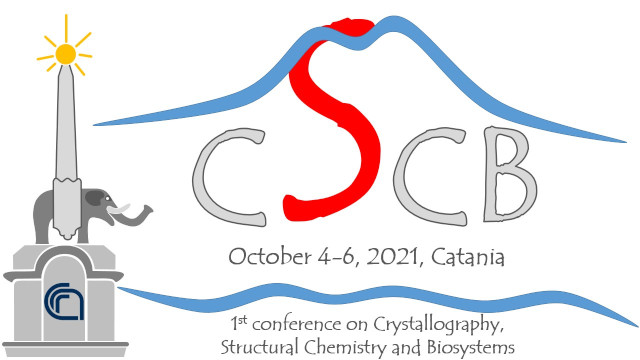Speaker
Description
Deep Eutectic Solvents (DESs) are mixtures of Lewis or Brønsted acids and bases whose melting point is much lower than that of the individual components.1 Several applications are known in the literature for such neoteric solvents which include the usage of DESs in extraction processes, in biodiesel production and purification, as proton conductors for fuel cells, in metal-, organo- and biocatalyzed transformations, as well as the in polishing procedures of metal surfaces.2 Ten years ago, it was found that deep eutectic mixtures spontaneously form in plants as a consequence of the accumulation in cells of metabolites like sugars, alcohols, amines, amino acids, and organic acids,3 an evidence that aroused the curiosity of the experts. Indeed, such these mixtures appeared to be an ideal solvent for the transport of macromolecules of diverse polarities inside the plants, hence they could be used as component of the intra cellular medium in synthetic biology. Thus, the quest for reliable structural information about the interactions between DESs and proteins is of the utmost importance and the first step towards such target is to obtain high quality crystals of protein molecules in the presence of DESs.
Here, we show, for the first time, that protein molecules are able to crystallize in the presence of DESs.4 Our crystallization experiments have shown that hen-egg white lysozyme crystallizes according to the DES components and the hydration level. Successful crystallization have been achieved by using choline chloride:urea, choline chloride:glycerol, and choline chloride:glutamic acid eutectic mixtures at a 1:2 molar ratio. X-ray diffraction experiments have provided details about the binding sites of DES components on lysozyme protein surface and precise information about the intriguing non-covalent bond network by which protein, DES components and water molecules interact each other. A non-covalent bond network between DES components mediated by water molecules has also been unveiled. DESs appear to have negligible effects on protein conformation. On the other hand, DESs significantly reduce solvent evaporation from the crystallization drop, a key property to increase the dissolution time of the protein crystals. Moreover, DESs could tune protein solubility because it appears to affect hydration shell of the protein.
Our results prove that high-quality protein crystals can be obtained in the presence of DESs and that such crystals can be used to get precise structural information about the interaction between DESs and proteins, which is still lacking in the literature. Moreover, the ability of DESs to protect protein crystals from their rapid dissolution (which has been observed in this work) could be exploited in biotechnological applications involving enzymes in crystalline form.
References
1. Benworth B Hansen et al., Chemical Review, 2021, 121, 1232
2. a) Maan Hayyan et al., Fuel Processing Technology, 2009, 91, 116; b) Adeeb Hayyan et al., Industrial Crops and Products, 2013 46, 392; c) Habibi Emadaldin, Analytica Chimica Acta, 2013, 762, 61; d) Ghanemi Kamal et al., Analitical Methods, 2014, 6, 1774; e) Perna Filippo Maria et al., Current Opinion Green Sustainable. Chemistry, 2020, 21, 27; f) Cicco Luciana et al., Organic Biomolecular Chemistry 2021, 19, 2558
3. a) Choi Young Hae et al., Plant Physiology, 2011, 156, 1701; b) Dai Yuntao et al., Analytica Chimica Acta, 2013, 766, 61
4. Belviso Benny Danilo et al., ACS Sustainable Chemistry Eng, 2021, 9, 8435

